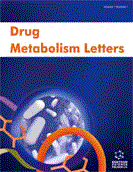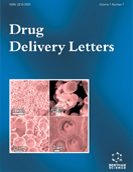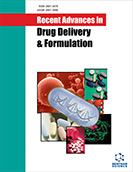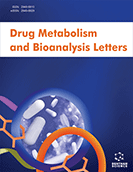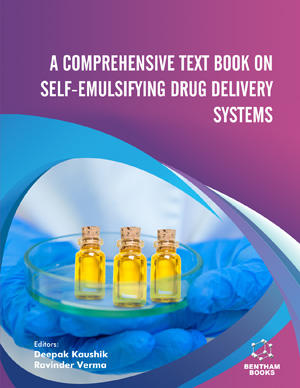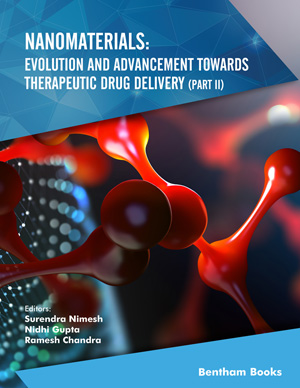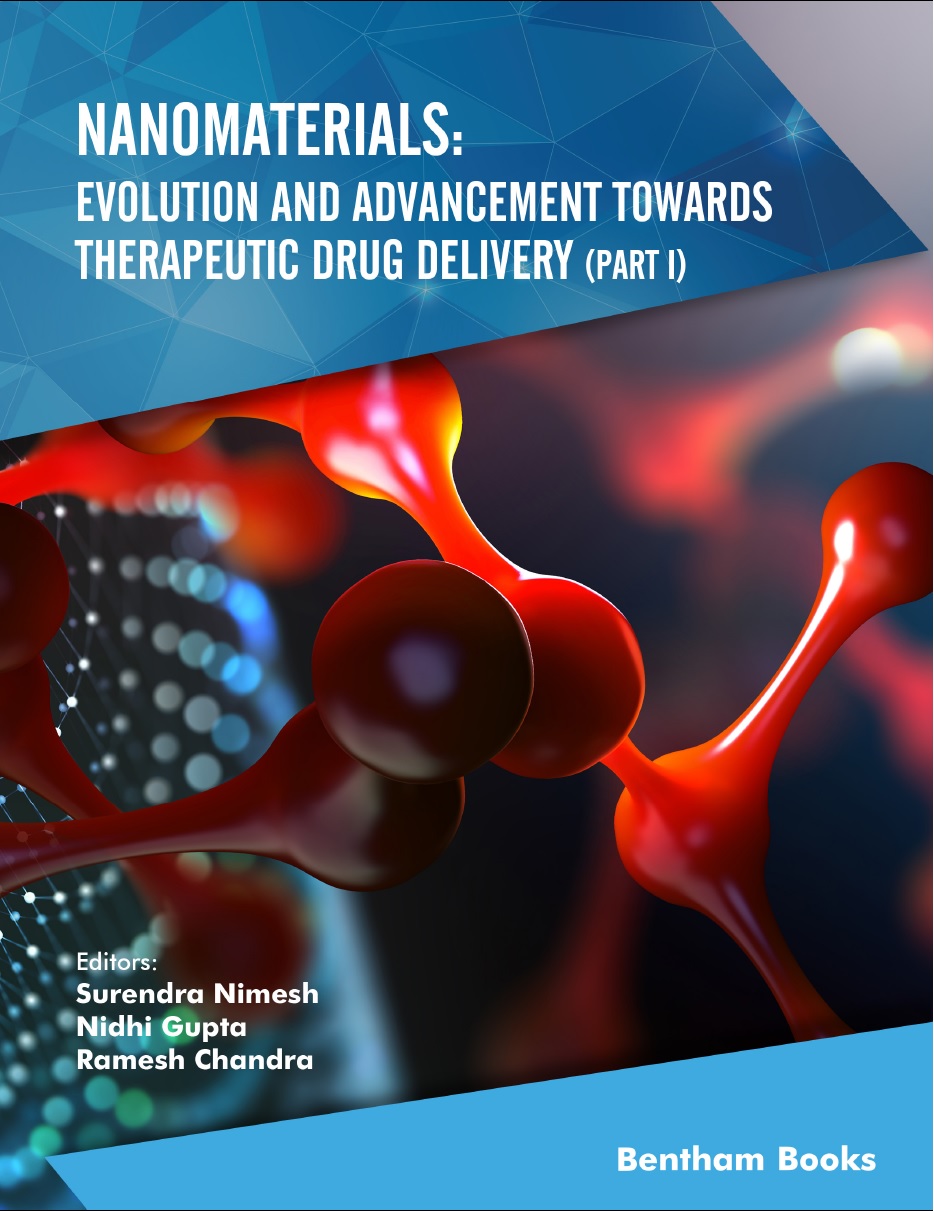Abstract
To determine in vivo if L-4F differentially alters plasma levels of oxidized fatty acids resulting in more antiinflammatory HDL. Injecting L-4F into apoE null mice resulted in a significant reduction in plasma levels of 15-HETE, 5- HETE, 13-HODE and 9-HODE. In contrast, plasma levels of 20-HETE were not reduced and plasma levels of 14,15-EET, which are derived from the cytochrome P450 pathway, were elevated after injection of L-4F. Injection of 13(S)-HPODE into wild-type C57BL/6J mice caused an increase in plasma levels of 13-HODE and 9-HODE and was accompanied by a significant loss in the anti-inflammatory properties of HDL. The response of atherosclerosis resistant C3H/HeJ mice to injection of 13(S)-HPODE was similar but much more blunted. Injection of L-4F at a site different from that at which the 13(S)-HPODE was injected resulted in significantly lower plasma levels of 13-HODE and 9-HODE and significantly less loss of HDL anti-inflammatory properties in both strains. i) L-4F differentially alters plasma levels of oxidized fatty acids in vivo. ii) The resistance of the C3H/HeJ strain to atherosclerosis may in part be mediated by a reduced reaction of this strain to these potent lipid oxidants. L-4F differentially alters plasma levels of oxidized fatty acids in mice and the resistance of C3H/HeJ mice to atherosclerosis may be mediated by a reduced reaction of this strain to these potent lipid oxidants.
Keywords: HETE, HODE, HPODE, EET, apoA-I mimetic peptides, L-4F, arachidonic acid metabolism
Drug Metabolism Letters
Title: L-4F Differentially Alters Plasma Levels of Oxidized Fatty Acids Resulting in more Anti-Inflammatory HDL in Mice
Volume: 4 Issue: 3
Author(s): Satoshi Imaizumi, Victor Grijalva, Mohamad Navab, Brian J. Van Lenten, Alan C. Wagner, G.M. Anantharamaiah, Alan M. Fogelman and Srinivasa T. Reddy
Affiliation:
Keywords: HETE, HODE, HPODE, EET, apoA-I mimetic peptides, L-4F, arachidonic acid metabolism
Abstract: To determine in vivo if L-4F differentially alters plasma levels of oxidized fatty acids resulting in more antiinflammatory HDL. Injecting L-4F into apoE null mice resulted in a significant reduction in plasma levels of 15-HETE, 5- HETE, 13-HODE and 9-HODE. In contrast, plasma levels of 20-HETE were not reduced and plasma levels of 14,15-EET, which are derived from the cytochrome P450 pathway, were elevated after injection of L-4F. Injection of 13(S)-HPODE into wild-type C57BL/6J mice caused an increase in plasma levels of 13-HODE and 9-HODE and was accompanied by a significant loss in the anti-inflammatory properties of HDL. The response of atherosclerosis resistant C3H/HeJ mice to injection of 13(S)-HPODE was similar but much more blunted. Injection of L-4F at a site different from that at which the 13(S)-HPODE was injected resulted in significantly lower plasma levels of 13-HODE and 9-HODE and significantly less loss of HDL anti-inflammatory properties in both strains. i) L-4F differentially alters plasma levels of oxidized fatty acids in vivo. ii) The resistance of the C3H/HeJ strain to atherosclerosis may in part be mediated by a reduced reaction of this strain to these potent lipid oxidants. L-4F differentially alters plasma levels of oxidized fatty acids in mice and the resistance of C3H/HeJ mice to atherosclerosis may be mediated by a reduced reaction of this strain to these potent lipid oxidants.
Export Options
About this article
Cite this article as:
Imaizumi Satoshi, Grijalva Victor, Navab Mohamad, J. Van Lenten Brian, C. Wagner Alan, Anantharamaiah G.M., M. Fogelman Alan and T. Reddy Srinivasa, L-4F Differentially Alters Plasma Levels of Oxidized Fatty Acids Resulting in more Anti-Inflammatory HDL in Mice, Drug Metabolism Letters 2010; 4 (3) . https://dx.doi.org/10.2174/187231210791698438
| DOI https://dx.doi.org/10.2174/187231210791698438 |
Print ISSN 1872-3128 |
| Publisher Name Bentham Science Publisher |
Online ISSN 1874-0758 |
 3
3Related Articles
-
High-density Lipoprotein, Vascular Risk, Cancer and Infection: A Case of Quantity and Quality?
Current Medicinal Chemistry Insulin Resistance and Hypertension
Current Hypertension Reviews Beneficial Effects of Statins on Endothelial Dysfunction and Vascular Stiffness
Current Vascular Pharmacology MicroRNA-34 Family, Mechanisms of Action in Cancer: A Review
Current Cancer Drug Targets Gene Delivery Strategies Targeting Stable Atheromatous Plaque
Current Pharmaceutical Design Clonidine in Perioperative Medicine and Intensive Care Unit: More Than An Anti-Hypertensive Drug
Current Drug Targets New therapeutic effects of cilostazol in patients with ischemic disorders
Current Vascular Pharmacology Gene Therapy in Lung Transplantation
Current Gene Therapy Potential Role of IL-18 in the Immunopathogenesis of AIDS, HIVAssociated Lipodystrophy and Related Clinical Conditions
Current HIV Research Caveolae and Caveolin-1: Novel Potential Targets for the Treatment of Cardiovascular Disease
Current Pharmaceutical Design The Structural Determinations of the Leucine Zipper Coiled-Coil Domains of the cGMP-Dependent Protein Kinase Iα and Its Interaction with the Myosin Binding Subunit of the Myosin Light Chains Phosphase
Protein & Peptide Letters Role of Poly(ADP-ribose) Polymerase (PARP1) in Viral Infection and its Implication in SARS-CoV-2 Pathogenesis
Current Drug Targets Endothelin-1-Induced Signaling Pathways in Vascular Smooth Muscle Cells
Current Vascular Pharmacology EDITORIAL [Hot Topic: Biomarkers in Cardiovascular Disease (Guest Editor: Dimitris Tousoulis)]
Current Medicinal Chemistry Matrix Metalloproteinase Inhibition in Atherosclerosis and Stroke
Current Molecular Medicine Joshanda: A Traditional Herbal Approach for Treatment of Respiratory Catarrh
Current Respiratory Medicine Reviews Association Between Polycystic Ovary Syndrome and Metabolic Syndrome
Current Medicinal Chemistry Natural Products as Anti-glycation Agents: Possible Therapeutic Potential for Diabetic Complications
Current Diabetes Reviews Analyses of Associations Between Reactive Oxygen Metabolites and Antioxidant Capacity and Related Factors Among Healthy Adolescents
Current Aging Science The Role of Lymphotoxin Receptor Signaling in Diseases
Current Molecular Medicine


